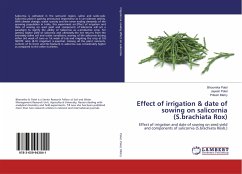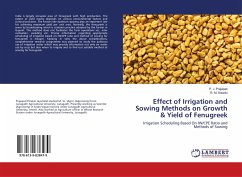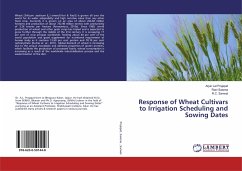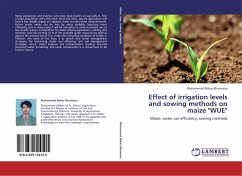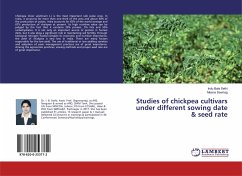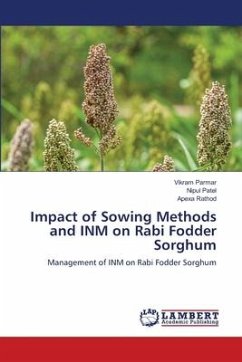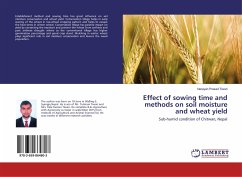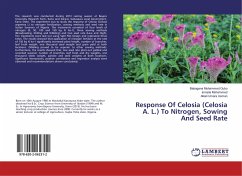Salicornia is cultivated in the semi-arid region, saline and sodic soils. Salicornia plant is gaining pronounce importance as it can tolerate salinity. With climate change, water scarcity and the never ending demands of the growing population in India, this experiment on Effect of irrigation and date of sowing on seed yield and component of Salicornia will set a paradigm to signify the ability of Salicornia as a productive crop. For getting higher yield of salicornia and ultimately the net returns from the extremely saline soil and water conditions, sowing of the salicornia during either 3rd week of June or 1st week of July and irrigating the crop at 0.8 IW/CPE ratio (8-10 irrigation) is essential. Among all the plant nutrients, content of Fe (Iron) and Na (Sodium) in salicornia was considerably higher as compared to the other nutrients.
Bitte wählen Sie Ihr Anliegen aus.
Rechnungen
Retourenschein anfordern
Bestellstatus
Storno

